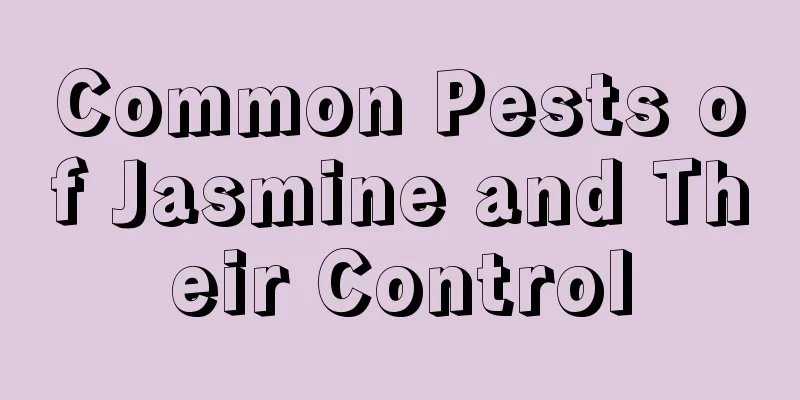Pests and control methods of jade dew

Common pests of jade plant: scale insectsScale insects have a wide range of damage, often affecting succulents such as Agave and Agave with compactly arranged leaves. They suck the sap from the stems and leaves, causing the plants to grow poorly and, in severe cases, wither and die. Its peak period is earlier than that of red spider mites, and it often reproduces in large numbers in early spring. However, its damage is also easy to control. That is, it is often concentrated in only a few plants. Sometimes one plant is full of scale insects, while the neighboring plant has none. Prevention and treatment methodsWhen the number is small, you can use a brush or soft cloth to remove it. When the number is large, you can also use 800-1000 times diluted Supusha to spray. Mixing a certain amount of furadan into the culture soil has a preventive effect, but the efficacy is only three months. The body of scale insects is covered with a layer of keratinous shell, so it is difficult to be effective if you spray it directly with drugs. It sucks the sap of plants like a louse that sucks human blood, causing great harm to the leaves of the jade plant. After scale insects appear, if you are unable to buy medicine in time, you can also gently wipe the leaves with alcohol to effectively remove them. Common pests of jade plant: root mealybugIf the roots of the jade plant are damaged by insects covered with waxy substances and white wax powder, you should be careful. This is a living root mealybug, which can cause the growth of jade plant to be weak, the leaves to turn yellow, and even the whole plant to die. Prevention and treatment methodsWhen purchasing, introducing, transporting, or giving away jade plants as gifts, careful inspections must be carried out to prevent the introduction of insects to prevent their spread. Choose the most suitable potting medium and disinfect it scientifically. For example, composting soil and other organic matter must be fully fermented and sterilized at high temperature or with chemicals to kill insect eggs or reproductive mothers. During the peak hatching period of nymphs, spray or root irrigate with 1000 to 1500 times dilution of 40% Suposu EC or 700 to 800 times dilution of 25% Aikas EC. |
<<: Pests and control methods of the falling flower dance
>>: Planetary pests and diseases and their control methods
Recommend
How to cultivate red lotus
1. Soil Red lotus likes soil with good drainage a...
When is the right time to prune computer baby?
Computer baby pruning function Computer baby is a...
What are the cultivation methods and precautions of Green Hang Green Radish?
Growth habits of green radish Pothos is a large e...
Cultivation methods and precautions of Banyan tree
1. Lighting This plant likes sufficient light. If...
Narcissus cultivation method (hydroponics)
As one of the top ten traditional famous flowers ...
How to grow creeping bellflower
Farming methods Sunlight: In the summer, it can b...
If you don’t grow this kind of flower now, your summer will be wasted and it will be too late to regret!
Why grow chrysanthemums? The flowering period of ...
The main value of chamomile
1. Medicinal value First of all, chamomile is ric...
Black bean cultivation methods and precautions
1. Maintenance methods 1. Soil: Black beans are h...
How to water Cymbidium orchids
Water quality requirements The water used for Cym...
The difference between Mirabilis jalapa and morning glory
1. Different families Mirabilis jalapa and mornin...
What to do if Monstera grows crooked
1. Causes Many people like to grow Monstera in th...
How to reproduce soapwort
Selection of branches Today I will mainly introdu...
How to grow green radish more vigorously in winter?
Pothos is a common indoor foliage plant with a sl...
What to do if camellia leaves turn yellow and no buds form
1. Change the soil The leaves of camellia turn ye...









